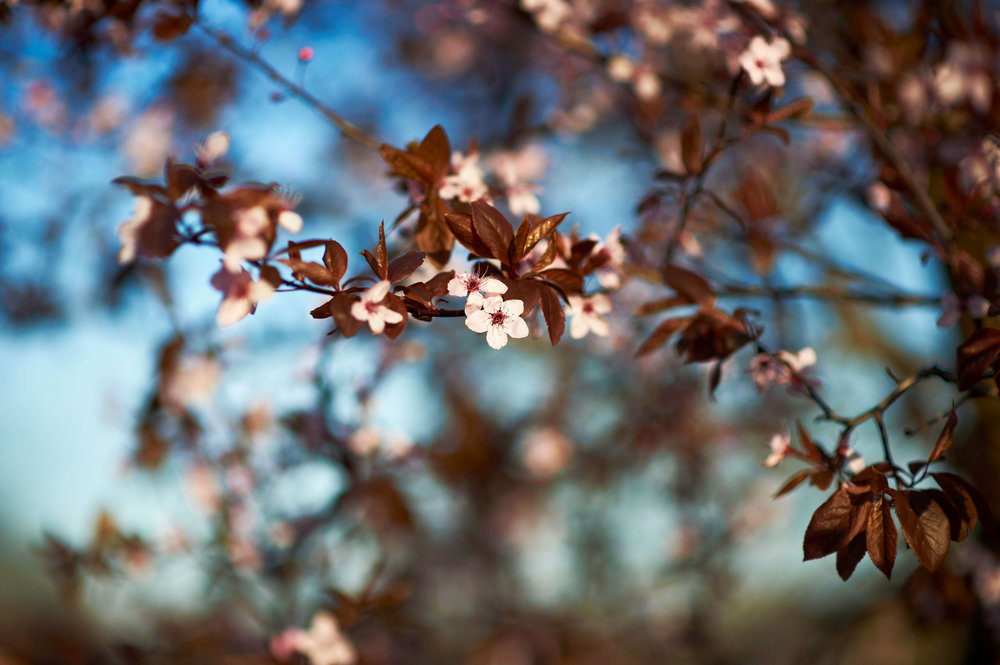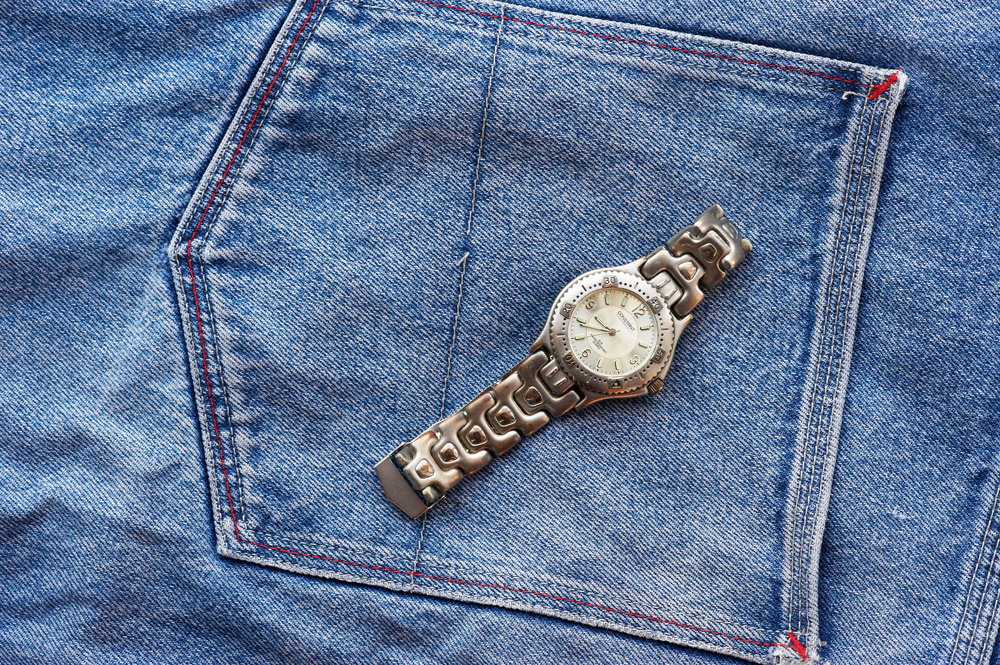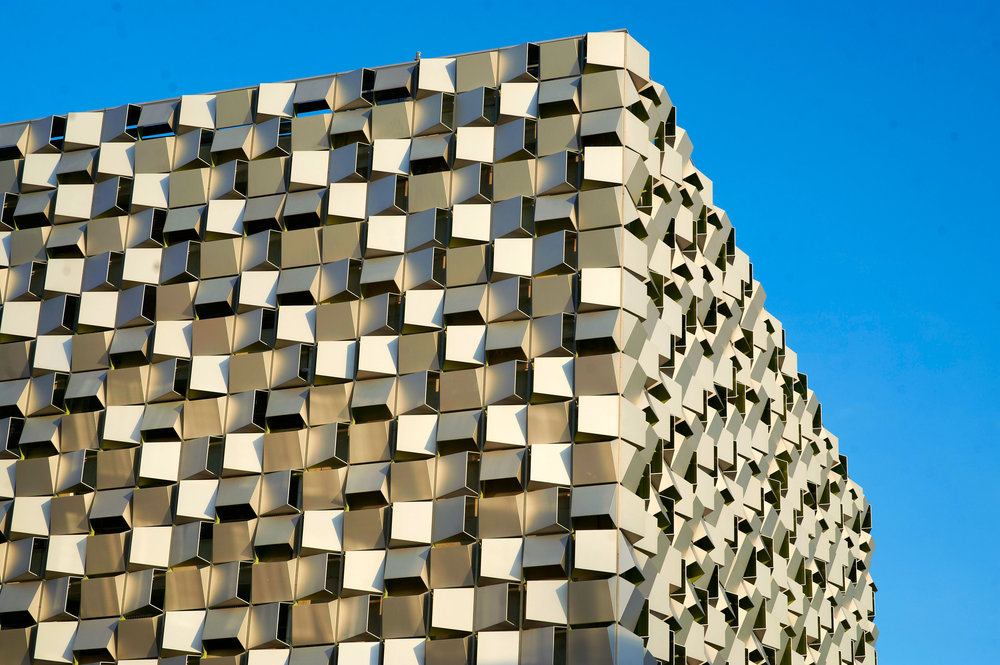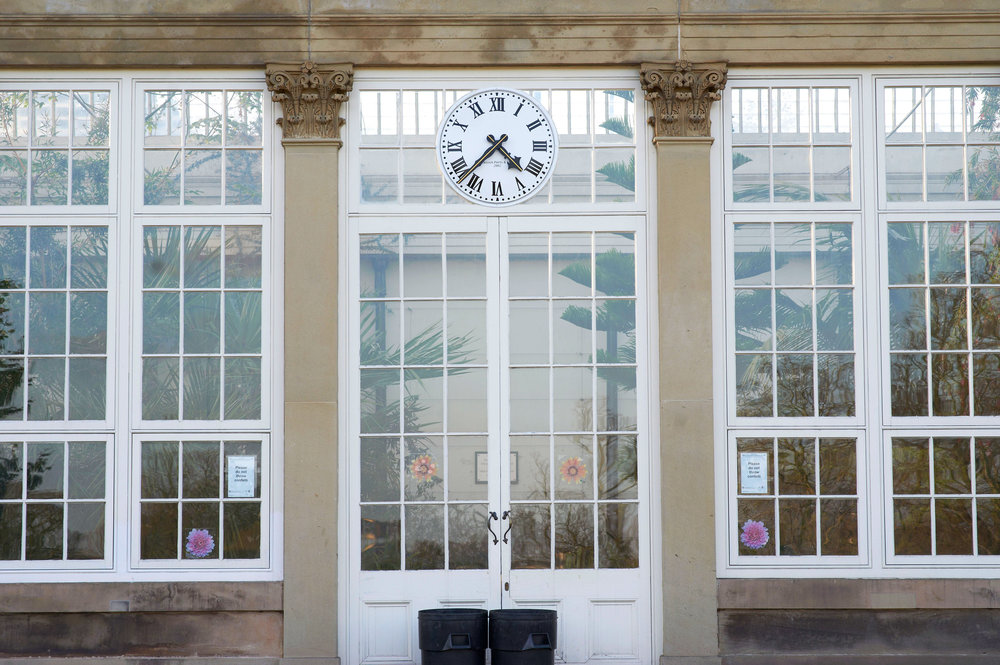Handling and features
Performance
Verdict
Specification
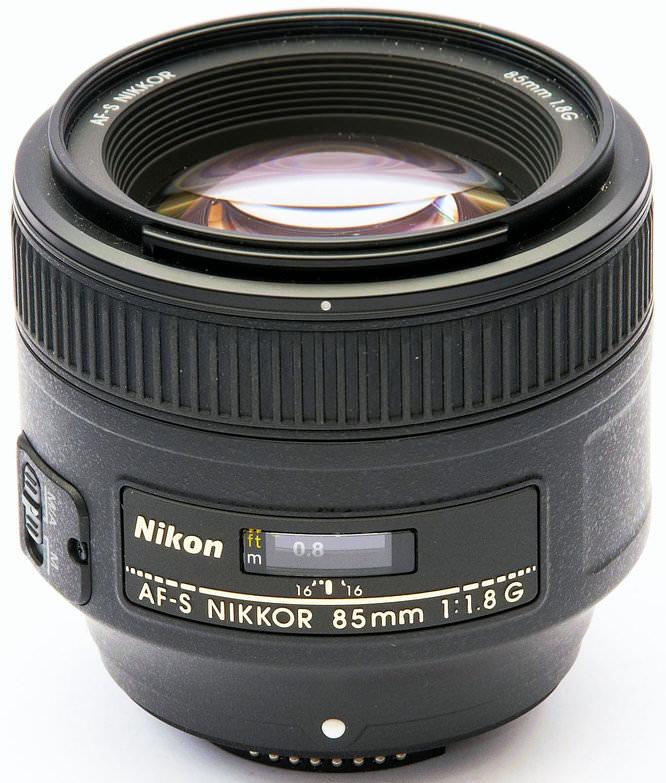
Nikon AF-S NIKKOR 85mm f/1.8G
This medium telephoto lens from Nikon can be picked up for around £470 and sports a silent focusing motor and an internal focusing mechanism.
The older AF-D version is still widely available for around £305. This lens uses a rear group focusing mechanism and lacks the silent motor of the newer lens, also it will not auto-focus on entry level cameras that lack the screw-driven autofocus motor.
Those with deeper pockets may also consider Nikon's 85mm f/1.4 AF-S, which costs around £1250. This lens has a brighter maximum aperture and sturdier build quality.
Sigma are currently the only third party manufacturer to offer a wide aperture 85mm lens for Nikon. Their 85mm EX DG HSM sports a silent focusing motor, internal focusing and a bright f/1.4 maximum aperture for around £730.
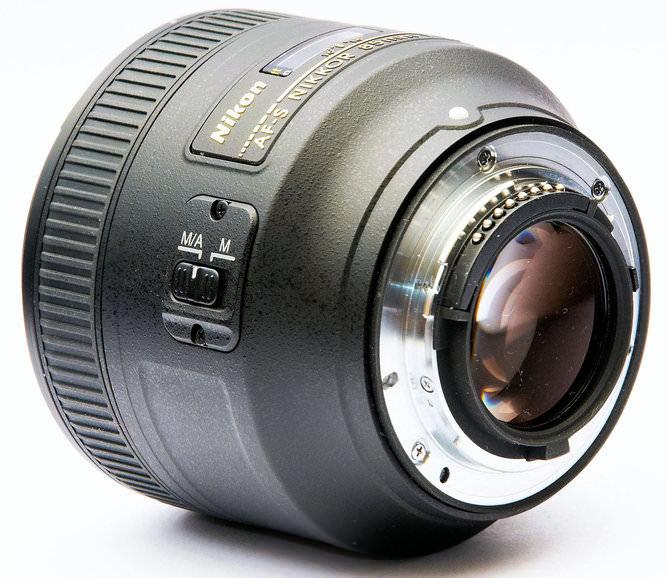
Nikon AF-S NIKKOR 85mm f/1.8G
Nikon AF-S Nikkor 85mm f/1.8G Handling and features
As with Nikon's other new mid-range prime lenses, the lens barrel is constructed from high quality plastics with a metal lens mount, which has a rubber gasket in place to prevent the ingress of dust and moisture. It has a slightly textured finish, which doesn’t show marks easily and a large rubberised focusing ring. The size of this lens may take those who've used the older AF-D version by surprise, as it is substantially longer and wider. Even so, it is very lightweight, weighing only 350g and it balances well on the Nikon D700 used for testing.
As focusing is performed internally the 67mm filter thread does not rotate during use, making this lens ideal for use with graduated and polarising filters. Focus speeds are reasonable, although not lightning quick and the wide manual focus ring offers a decent amount of resistance, which makes applying fine adjustments a pleasure.
The minimum focus distance of 80cm isn't overly special for a lens in this focal range and is perfectly suited for portraiture, although not so much for frame filling detail close-ups.
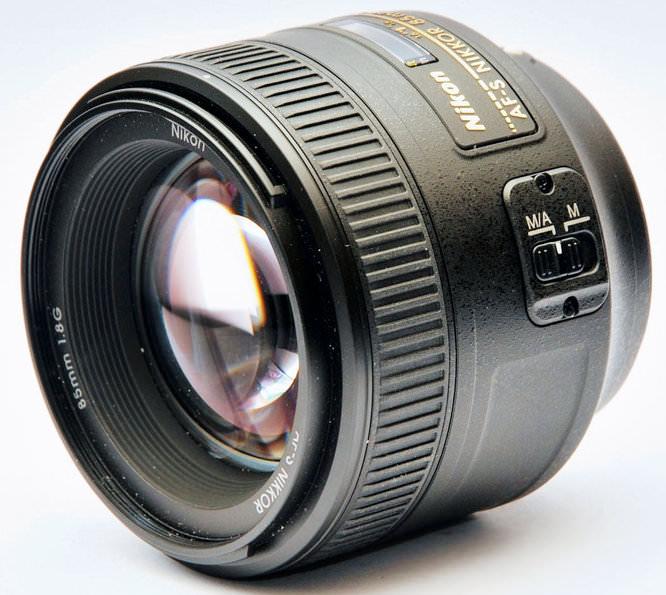
Nikon AF-S NIKKOR 85mm f/1.8G
Nikon AF-S Nikkor 85mm f/1.8G Performance
Sharpness in the centre of the image is already very good at f/1.8, and although the clarity drops off quite significantly towards the edges, this shouldn't be to much of an issue for portraits and similar photography at wide apertures. As is the case with many lenses, stopping down improves clarity across the frame. Peak sharpness across the frame is achieved between f/5.6 and f/8 where sharpness in the centre is outstanding and excellent towards thee edges of the frame.
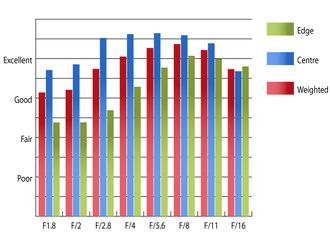 Resolution @ 85mm |
How to read our chartsThe blue column represents readings from the centre of the picture frame at the various apertures and the green is from the edges. Averaging them out gives the red weighted column.The scale on the left side is an indication of actual image resolution. The taller the column, the better the lens performance. Simple. For this review, the lens was tested on a Nikon D700 using Imatest. |
Even though this lens contains no exotic low-dispersion glass in its design, chromatic aberration levels are very low, peaking at 0.35 pixel widths towards the edges of the frame at f/1.8, which should barely be noticeable.
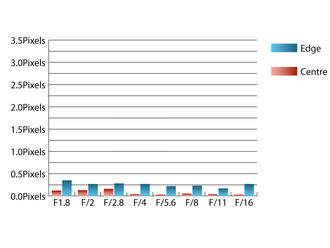 Chromatic aberration @ 85mm |
How to read our chartsChromatic aberration is the lens' inability to focus on the sensor or film all colours of visible light at the same point. Severe chromatic aberration gives a noticeable fringing or a halo effect around sharp edges within the picture. It can be cured in software.Apochromatic lenses have special lens elements (aspheric, extra-low dispersion etc) to minimize the problem, hence they usually cost more. For this review, the lens was tested on a Nikon D700 using Imatest. |
Falloff of illumination towards the corners is quite pronounced at maximum aperture with the corners being over two stops darker than the image centre. Stopping down improves this and visually uniform illumination is achieved by f/4.
Only 0.577% pincushion distortion could be detected by Imatest, which is a very mild level of distortion. This low level shouldn't affect day to day images, but if absolutely straight lines are required, the distortion is relatively easy to correct, as it is uniform across the frame.
Nikon AF-S NIKKOR 85mm f/1.8G Sample Photos
Nikon AF-S Nikkor 85mm f/1.8G Verdict
As an update to a lens design that has stood the test of time through at least a couple of decades, this new 85mm f/1.8 represents a good job on Nikon's part.
Image sharpness is excellent where it is needed – in the centre at wide apertures and across the frame when stopped down – the build quality is good and the lightweight design not too much of a burden to be carried around all day. The price may seem a little high compared to the older lens, although that has been heavily discounted to clear the remaining stocks.
Overall this lens represents a high quality and good value alternative to Nikon's top of the line 85mm lens, without sacrificing too much in the way of quality, build, or sharpness.
